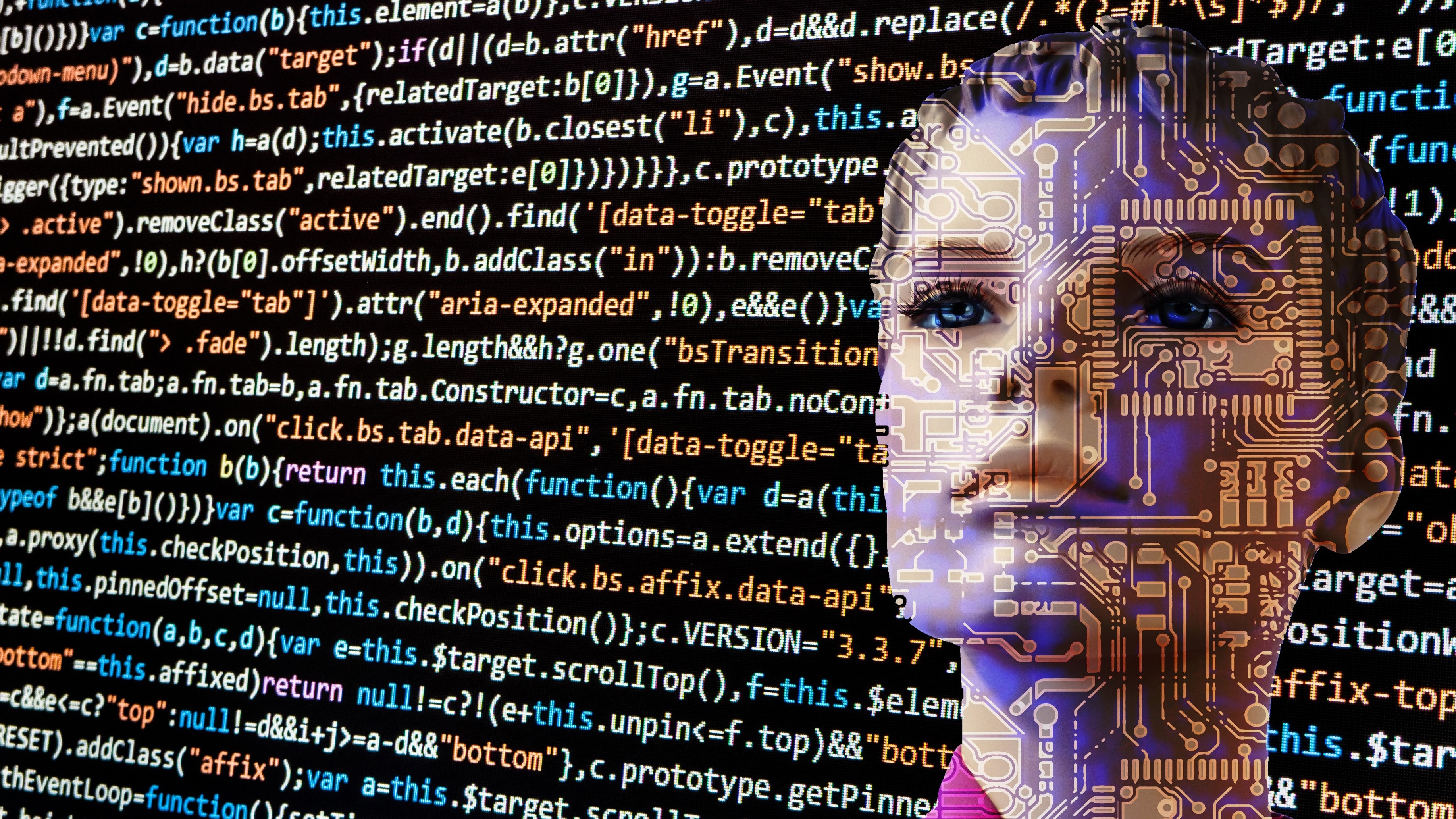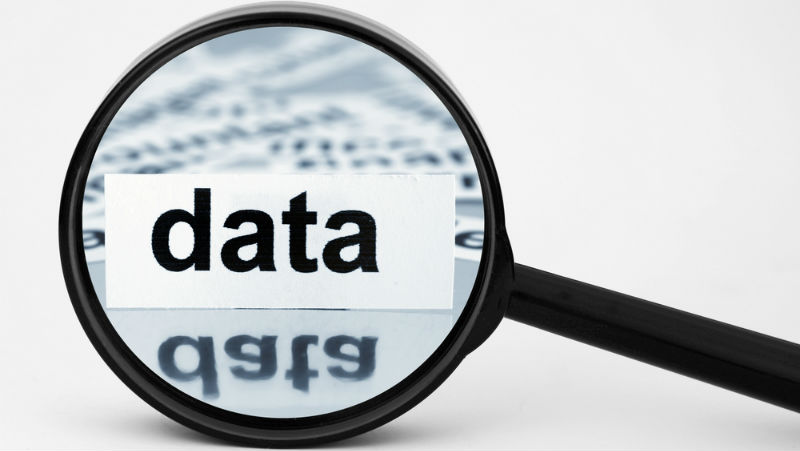Reaching the level of trust needed for mass AI adoption
AI has an increasingly ubiquitous presence in the lives of consumers

Artificial intelligence (AI) is often thought of as a technology that will have a huge impact in the future and change both the way we live and how we work. However, AI already has an increasingly ubiquitous presence in our lives and can be found in a number of the services we use today from healthcare apps to the AI-powered travel predictions offered by Google Maps.
TechRadar Pro spoke with Open Text’s head of artificial intelligence Zachary Jarvinen to learn more about the barriers holding AI back from mass adoption.
1. How has AI impacted the lives of consumers in 2018?
In more ways than we probably realise. Many see AI in practice through the voice-enabled assistant on their phone, or the chatbot service they use online. In 2018, AI has worked behind the scenes to improve the customer experience –capabilities like predictive maintenance, for example, have enabled less airplane downtime and fewer train incidents. Whether you know it or not, 2018 was a great year for AI. For those in the industry, we believe this is just the beginning.
2. What are some of the ways in which AI will be used in the future to help manage and improve our lifestyles?
What we are already seeing and experiencing in the form of chatbots, assistants, and the like is only going to get better – allowing us to be more human and less structured in our conversations with AI. The benefit of this technology will result in truly augmented intelligence and for that matter, truly augmented humanity. AI will be used in both our personal lives - to improve our health and wellbeing - and our professional lives, helping us to work more efficiently.

3. How can AI help boost productivity in the workplace?
AI technology will completely transform the workplace as menial tasks, and some non-routine jobs, are digitalised through robotics and process automation. Collaborative robots – or ‘co-bots’ – will allow for greater efficiency while also taking some of the day-to-day strain off employees.
From a productivity perspective, we spend a third of our time in the workplace collecting and processing data. AI and robotics could all but eliminate this work, freeing us up from time-consuming administration and allowing us to focus on other more creative or rewarding aspects of our jobs. AI technology cannot replace people but it can work alongside humans to boost business productivity and make employees’ lives easier.
For example, customer service representatives at Sun Chemical, the world's largest producer of printing inks and pigments, used to spend an average of 30 to 40 percent of their time on data entry. The company is now using advanced machine learning to automate data-heavy and time-intensive sales order processes, enabling their employees to spend more of their time delivering a truly exceptional level of customer service.

4. In what ways is AI helping businesses to gain insights from their data?
As businesses look to find meaning within an ever growing volume and variety of data – from documents, emails, and social media to data generated by machines – AI will only become more valuable. With traditional computing unable to cope with such huge volumes of data – and unable to “read” text like humans – AI will be key to managing this new environment. This includes making decisions on factors such as what is and what is not relevant, what is alarming, and what should be ignored or deleted.
5. How far off are we from when machines will become “trusted advisors”?
In many ways, they already are. Provided you can think of the algorithmic predictions that machine learning yields as trusted advice – which it is – then technically we are already there. That does not mean you have to listen to this advice. It is your prerogative to decide whether or not the advice is worth action, just like you would with any other adviser.
AI acting as a trusted advisor will only become more prevalent in the years ahead, as we train the machines to make their insights more easily consumable – this could be through a conversational interface like an AI assistant or simply embedded as a visualisation on a dashboard.

6. What kinds of decisions are being made by AI now and how will this expand in the future?
AI is already being used to provide better, personalised services. For example, retailers can currently use AI to optimise dynamic pricing within minutes. In the future, this will be expanded to things like driverless cars, which will require the technology to make tougher decisions like recognising a pedestrian and opting not to hit them, even if it makes the car swerve or otherwise assume some tolerable risk. It will also expand to much broader areas of industry – not just to heavy machinery, but to things like our office coffee maker, local Wi-Fi networks and home appliances.
7. Do you believe businesses will come together to decide how to keep AI in check or will the government end up stepping in?
As machines begin to make decisions on our behalf, sometimes without human oversight, key stakeholders – including developers, end-user companies and governments – will need to work together to ensure the technology is safe and reliable in order to install the level of trust needed for mass adoption. Firstly, AI developers must adopt security by design – security should be a core feature, not a last-minute add-on. Enterprises should implement best practices throughout their organisations and build out strategies that make security a priority.
If industry alone does not steer the AI industry toward effective security, governments may intervene in the name of public safety – this is already happening in areas such as self-driving vehicles. Each and every stakeholder should feel compelled to contribute what is necessary to achieve safe and secure robot technology.
Zachary Jarvinen, Head of Product Marketing, AI and Analytics at OpenText UK
- We've also highlighted the best AI platforms for business
Sign up to the TechRadar Pro newsletter to get all the top news, opinion, features and guidance your business needs to succeed!
After working with the TechRadar Pro team for the last several years, Anthony is now the security and networking editor at Tom’s Guide where he covers everything from data breaches and ransomware gangs to the best way to cover your whole home or business with Wi-Fi. When not writing, you can find him tinkering with PCs and game consoles, managing cables and upgrading his smart home.
